50+ Sample Collaboration Agreements
-
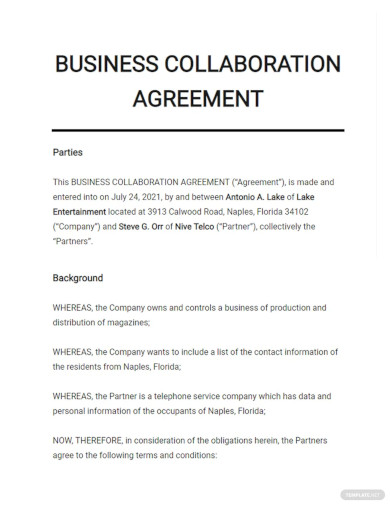
Business Collaboration Agreement Template
download now -
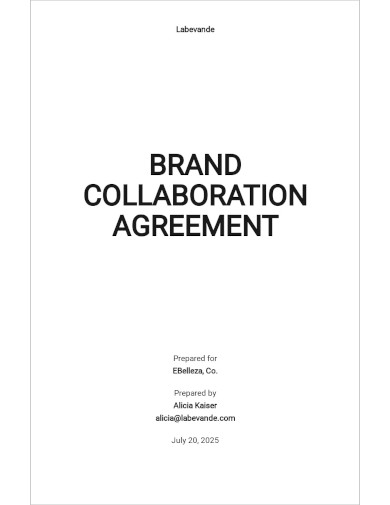
Brand Collaboration Agreement Template
download now -
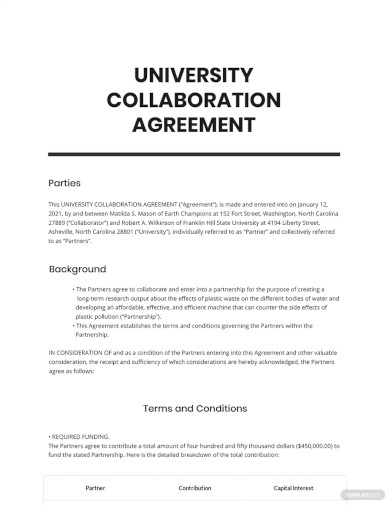
University Collaboration Agreement Template
download now -
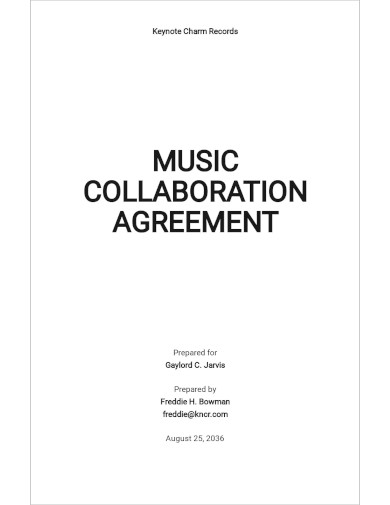
Music Collaboration Agreement Template
download now -
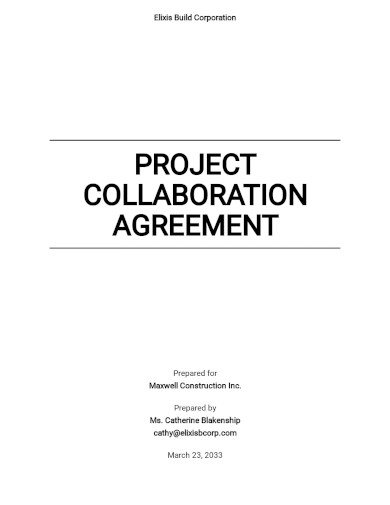
Project Collaboration Agreement Template
download now -

Artist Collaboration Agreement Template
download now -
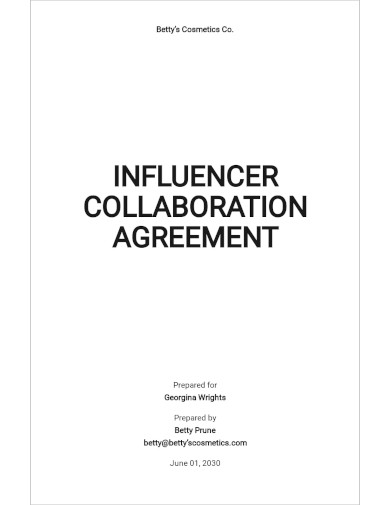
Influencer Collaboration Agreement Template
download now -

Simple Research Collaboration Agreement Template
download now -

Nonprofit Collaboration Agreement Template
download now -
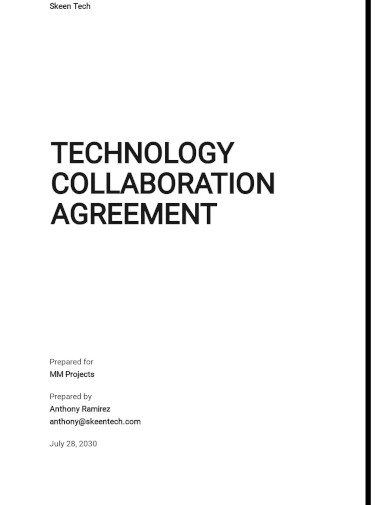
Technology Collaboration Agreement Template
download now -

Author Collaboration Agreement Template
download now -
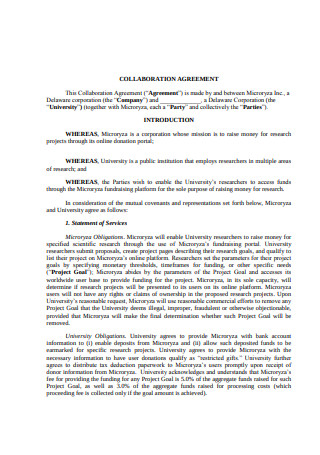
Partnership Collaboration Agreement
download now -

Sample Influencer Collaboration Agreement
download now -
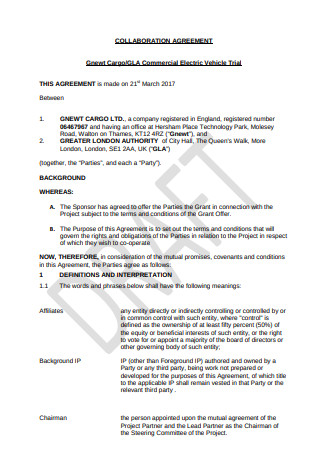
University Collaboration Agreement Example
download now -
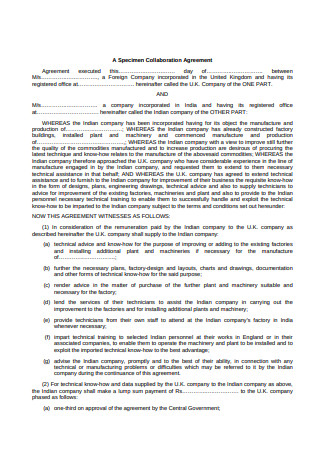
General Specimen Collaboration Agreement
download now -
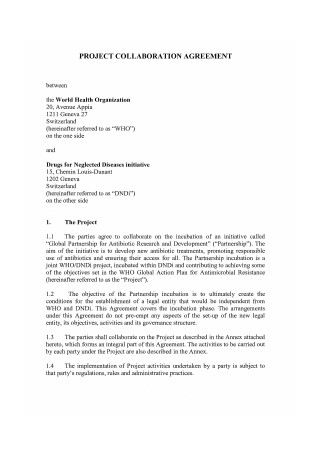
Business Project Collaboration Agreement
download now -
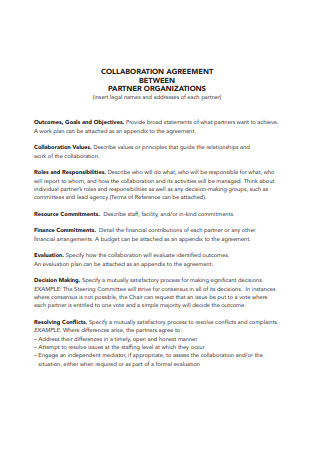
Simple Joint Venture Collaboration Agreement
download now -
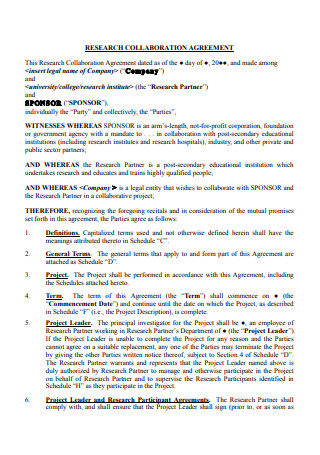
Event Research Collaboration Agreement
download now -
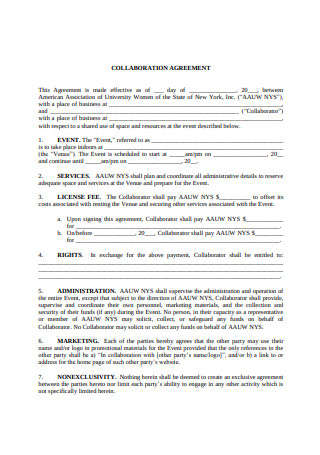
Collaboration Marketing Agreement Format
download now -
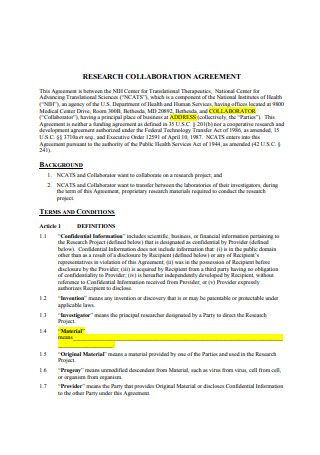
Research Termination Collaboration Agreement Sample
download now -
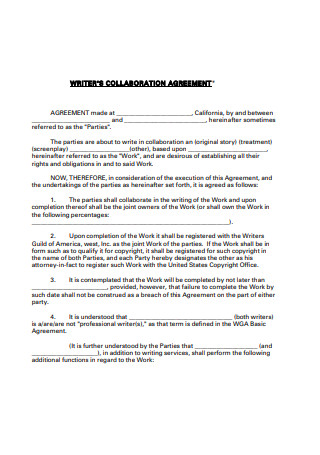
Writer’s Music Artist Collaboration Agreement
download now -
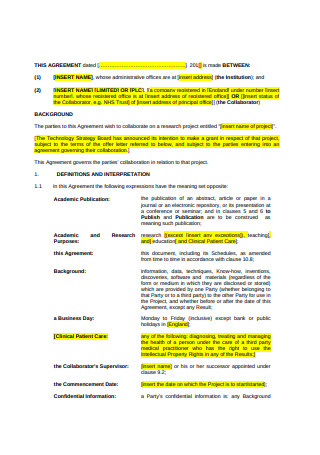
Model Non Profit Collaboration Agreement
download now -
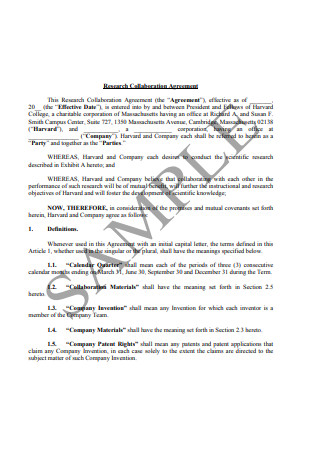
Sample Research Collaboration Agreement
download now -
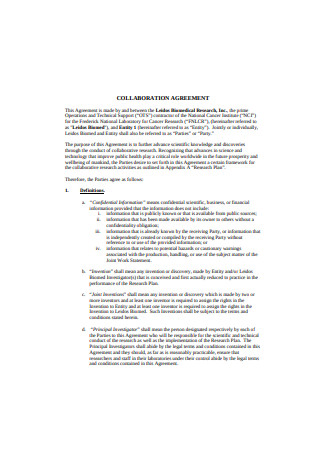
Basic Collaboration Agreement
download now -
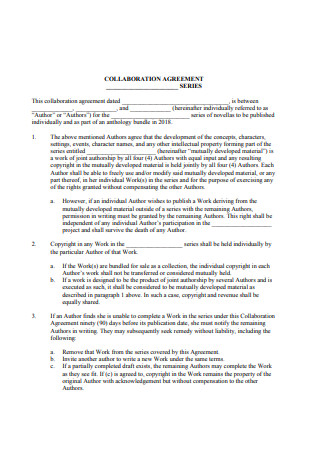
Collaboration Agreement Sample
download now -

Founder Collaboration Agreement
download now -
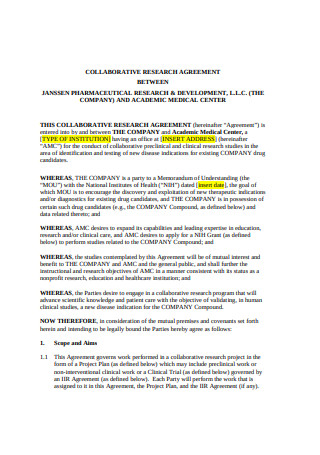
Collaborative Research Agreement
download now -
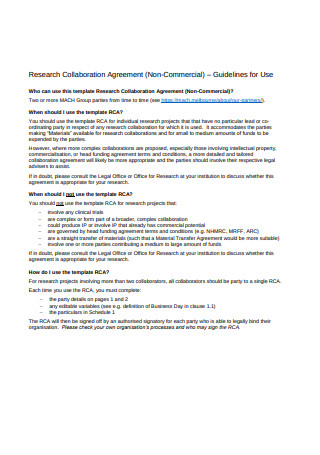
Research Collaboration Agreement Example
download now -
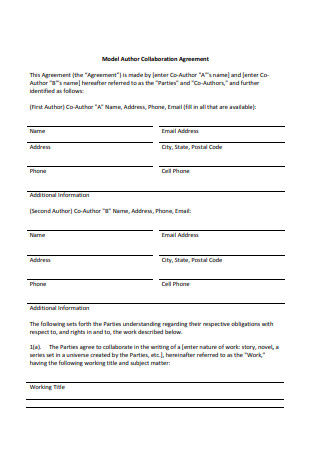
Model Author Collaboration Agreement
download now -

Joint Collaboration Agreement
download now -
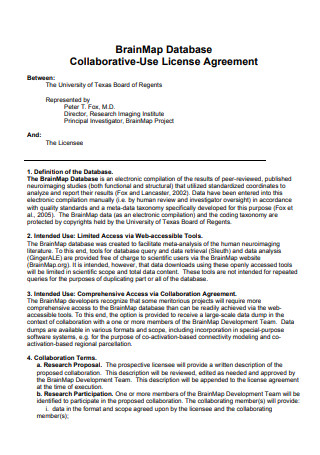
Collaborative-Use License Agreement
download now -
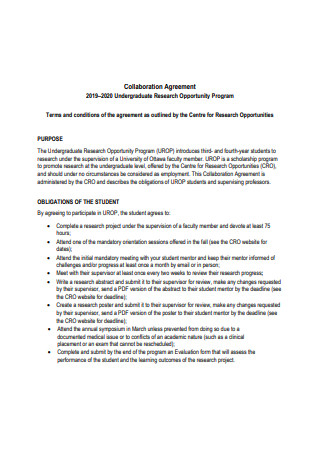
Collaboration Research Agreement Format
download now -

Professional Collaboration Agreement
download now -
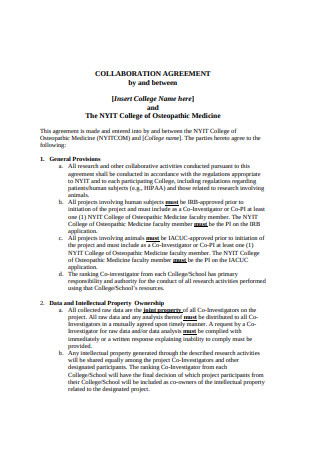
Standard Collaboration Agreement
download now -
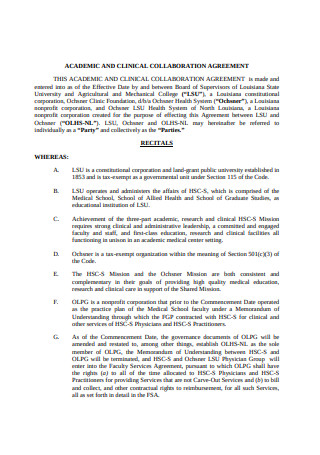
Clinical Collaboration Agreement
download now -

Standard Research Collaboration Agreement
download now -

Basic Collaboration Agreement Format
download now -
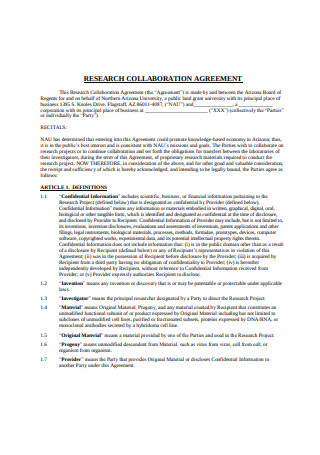
Basic Research Collaboration Agreement
download now -
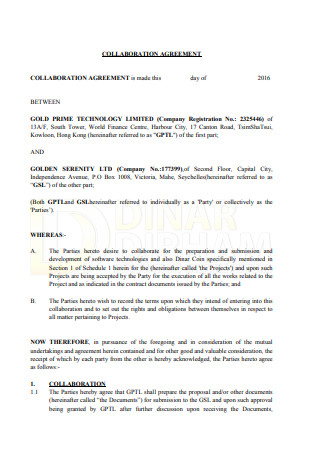
Simple Collaboration Agreement Format
download now -
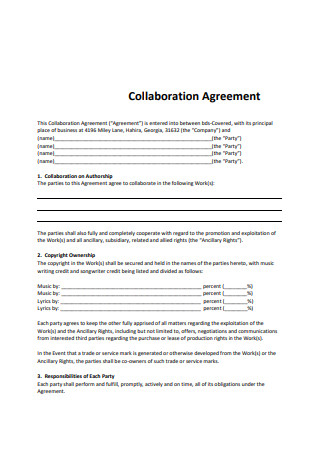
Simple Collaboration Agreement Example
download now -
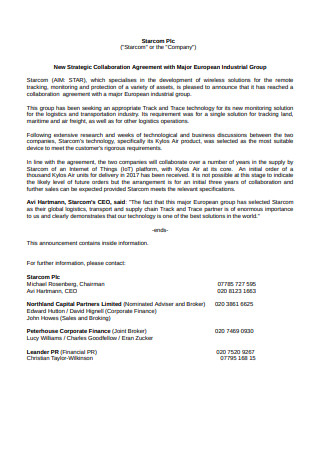
New Strategic Collaboration Agreement
download now -
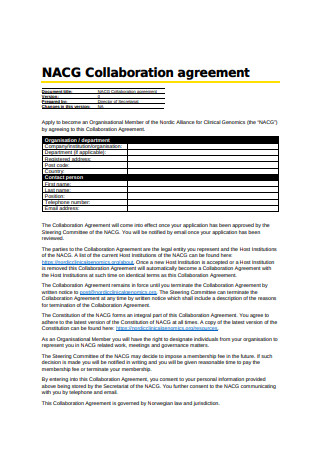
Basic Collaboration Agreement Example
download now -
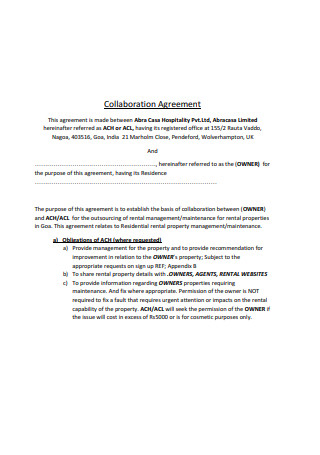
Basic Collaboration Agreement Sample
download now -
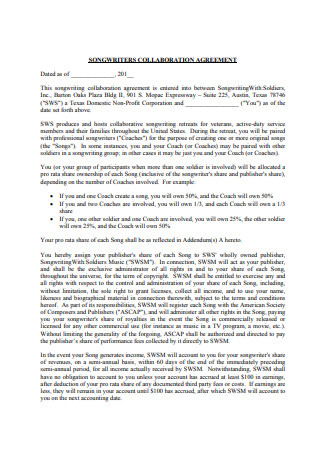
Writer Collaboration Agreement Sample
download now -
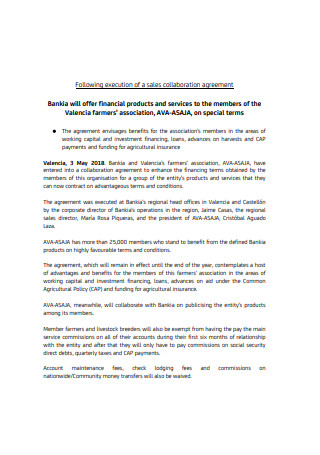
Sales Collaboration Agreement
download now -

Equipment Loan and Collaboration Agreement
download now -

Formal Collaboration Agreement
download now -

Printable Collaboration Agreement
download now -
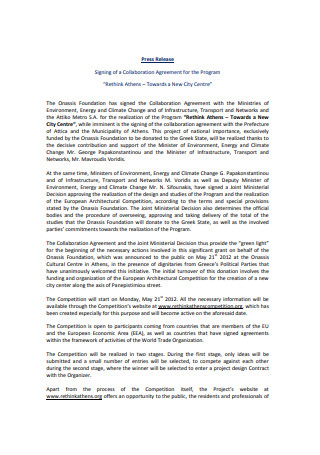
Formal Collaboration Agreement Example
download now -
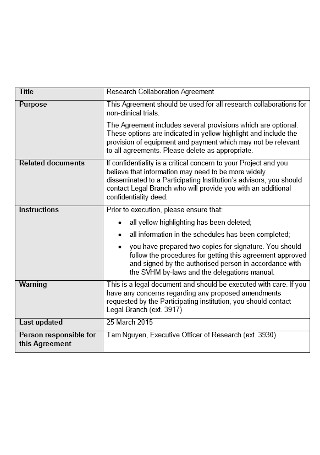
Research Collaboration Agreements
download now -
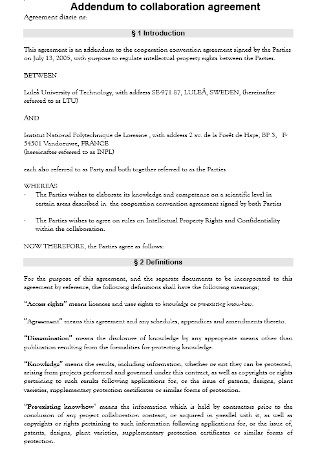
Addendum to the Collaboration agreement
download now
FREE Collaboration Agreement s to Download
50+ Sample Collaboration Agreements
What is a Collaboration Agreement
The Edge of Collaboration Agreements
Two Minds are Better than One
How to Make a Collaboration Agreement
What is a Collaboration Agreement
In collaborative efforts, it is important to write down the scope of the responsibilities and expectations of each party and the duration of the partnership. A collaboration agreement contains all these pieces of information. This agreement is a legal basis for professional and business relationships between companies, organizations, and individuals in order to achieve a common goal. These legal documents are often utilized by companies and organizations when they start campaigns to support advocacies to raise awareness and to partner with celebrities and public figures to market their brands to a wider audience. Musicians also enter collaboration agreements when they choose to work with other artists, such as composers, instrumentalists, and bands, to come up with a new sound. Moreover, researchers also sign these contracts especially when they do research for an established corporation that will make use of the research findings and conclusions. These examples are just some of the possible real-world situations where collaboration agreements are significantly important. Collaboration agreements explicitly state and define the mutually beneficial relationship among the parties with each other. It establishes the primary framework of how everything should work in order to achieve the goal as efficiently as possible.
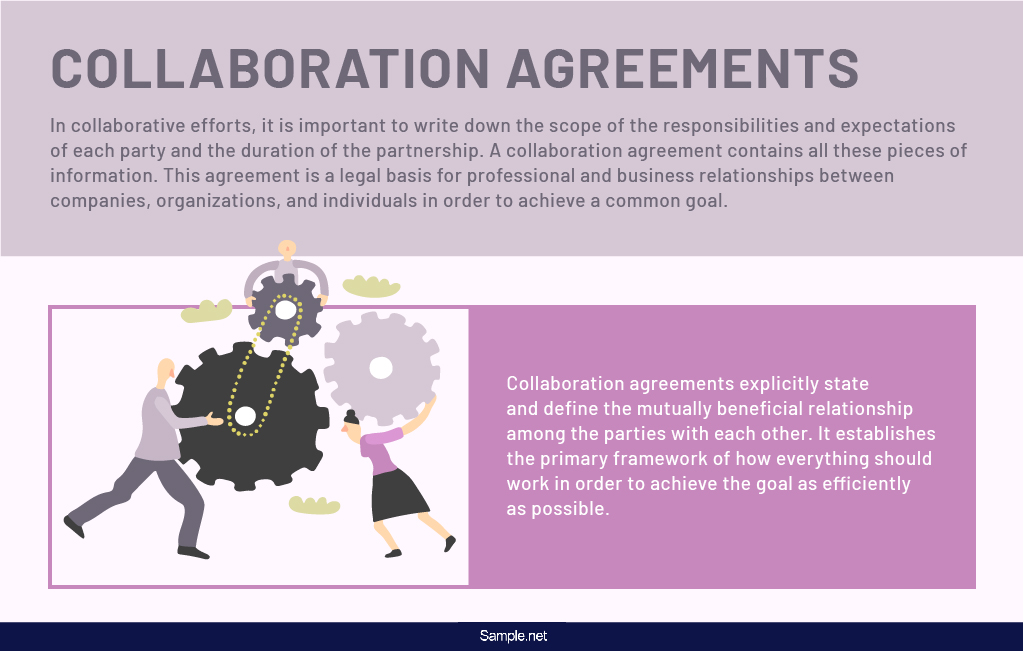
The Edge of Collaboration Agreements
Two Minds are Better than One
Collaborative efforts can be as simple as agreeing to work together to finish and produce a song or to publish a book. It can also be as revolutionary as new innovative technology that somehow helped shape a new generation. Industry giants such as Apple, Hewlett-Packard, and Procter and Gamble are prime examples of successful and long-standing collaborations.
1. Apple Inc.
As most people know, Steve Jobs held Apple Inc at the helm when it was known worldwide. But, its global success and fame was a brainchild of two Steves—Jobs and Wozniak. Jobs was the visionary and Wozniak was often regarded as the shy genius who designed and made Apple’s early computer models that jumpstarted their business. Since then, Apple released innovative products that made it one of the most valuable companies to date. It has become a household name. Their collaboration gave birth to a business empire that releases new products almost every year. Jobs was a visionary and his charisma made him the face of the company for a long time. His attitude complemented Wozniak’s genius, yet timid attitude. Despite their differences, they were able to produce and market their products.
Although the success of the company is mainly attributed to the charisma and people’s skills of Steve Jobs and their partnership faltered throughout the years, the innovations that stemmed from their partnership eventually changed the course of the market. The introduction of the App Store changed how physical stores marketed their brands and how they reach their target markets. Other services such as banks and government offices also made their online presence visible and accessible.
2. Hewlett-Packard
University friends to business partners. This is how the relationship of Bill Hewlett and David Packard evolved. They are the minds behind the multinational IT company, Hewlett-Packard Company. Bill and David did not only share a common interest and the same degree of curiosity for electricity; they also have equal love for outdoor activities such as camping and fishing. They took on separate paths after graduation, but they met again years after. They were encouraged by their mentor, Fred Terman, to team up and create a business. Following his advice, they produced Hewlett’s master’s thesis, an oscillator which was the first product of their company. Their first production site was a tiny garage which is now a historical landmark in California and dubbed as the birthplace of Silicone Valley. Aside from their innovative products in the 1940s, they were one of the first companies that provided health insurance for their employees and gave bonuses. They took great care of their employees, which is also one of the reasons why the company still basks in its success until now.
Despite the success of their joint efforts, Hewlett-Packard is now broken down into two companies. One is Hewlett Packard Enterprise and HP Inc. The split of these two companies was finalized way back in 2015. Hewlett Packard Enterprise (HPE) focuses on providing software solutions and enterprise infrastructures. On the other hand, HP Inc is one of the leading brands in producing personal computers and printers.
3. Procter and Gamble
Procter and Gamble is a multinational company that manufactures homecare brands such as laundry detergents, oral care products, and other personal grooming products. This global company is one of the most successful business collaborations in history was driven by chance and familial relations. It was chance that brought William Procter, an Englishman, and an Irish James Gamble to migrate to the United States. And it was familial relations that brought them together because they were married to sisters. Their father-in-law was the one who introduced the idea that they should work together as he noticed that William and James fought over raw materials to impress their wives. Both agreed and signed an agreement to make the partnership official and legal.
How to Make a Collaboration Agreement
Agreeing to work together may be as simple as nodding of heads and handshakes. It goes beyond those physical gestures. There should be a written document that provides the details of the agreement, most especially the core details of the settlements and conditions to adhere to.
Step 1: Indicate Terms and Conditions of the Collaboration
In the first part of the agreement, it is vital to define its main purpose of the agreement. It should also explicitly state that all the involved parties gave their consent to work together with a clear goal to achieve. For the next part, the contract should indicate the terms and responsibilities of each party for the success of the partnership. Ideally, there are sections for each party with a list containing the main tasks for each. This list is also used to make the other parties aware of each other’s contributions. As this section provides the list of each parties’ responsibilities, it also sets its parameters. Setting the limits makes sure that everyone involved can focus and do their best on their share of the tasks.
Step 2: Discuss Ownership Rights
Most collaborations happen in order to produce something. So, in that sense, it is crucial in a collaboration agreement to provide extensive details regarding the ownership rights of the output. The main organizing body usually sets the matrix to determine the ownership by determining which party receives the most profit when the output generates income. But, most often, this is discussed through a sit-down meeting with representatives from each of the involved parties. Setting an example with music collaborations, both artists are credited as the interpreters of the song. And each artist receives a percentage of royalty fees every time the song is produced again with monetary gains, such as being used in movies and advertisements. Moreover, the artists part of the collaboration can reproduce the output without fear of infringement because they are co-owners of the copyright and, therefore, awarded equal rights over the output.
Step 3: Specify Payment Dues
Regardless of the personal relations of the parties involved in the agreement, the arrangement is bound by the business. Pay is due to make the entire agreement mutually beneficial for all parties. It is important to thoroughly discuss the compensation plan to avoid conflicts during the course, or even after, of the collaboration. The payment terms should include the total amount of compensation and its breakdown when there are possible deductions for taxation purposes. It should also include the schedule on when the compensation is released. Standard payment schedules require down payments before starting the project or during the initial stages of preparation. The remaining payment is then given when the project is already accomplished. Ultimately, these arrangements are agreed upon by all the involved parties as each wants to protect their personal interests.
Step 4: List Down Termination Causes
The details about the termination of the contract are not only limited to the start date of the project and the expected end date. It should also include possible causes of premature termination. These causes should have legal bases within the bounds of the laws that your parties chose to abide by. There are a number of possible termination causes. One of which can be possible insolvency of one party. Given, that the party experienced and declared bankruptcy during the agreement. The bankruptcy leads to the assumption that the party can no longer deliver their end of the deal, thus cutting the ties of the agreement. Another possible reason that you can include in your written contract is when one party overtly chooses not to participate anymore causing a breach in the contract. The latter reason often leads to further litigations.
Step 5: State Additional Stipulations
In order to create an effective collaboration agreement, there are still other miscellaneous provisions that need to be present in the contract. Such as provisions stating the federal and state laws that the agreement is subject to. It is a crucial piece of information to determine the limits of its jurisdiction. You can also choose to include the full and detailed project schedule in the contract. Including the schedule in the contract provides a heads up to all the parties involved before they make their decision to fully commit to the project. Adjustments are also possible when there are conflicting schedules. These additional stipulations refine the contract, making it more personalized to the nature of your agreement.
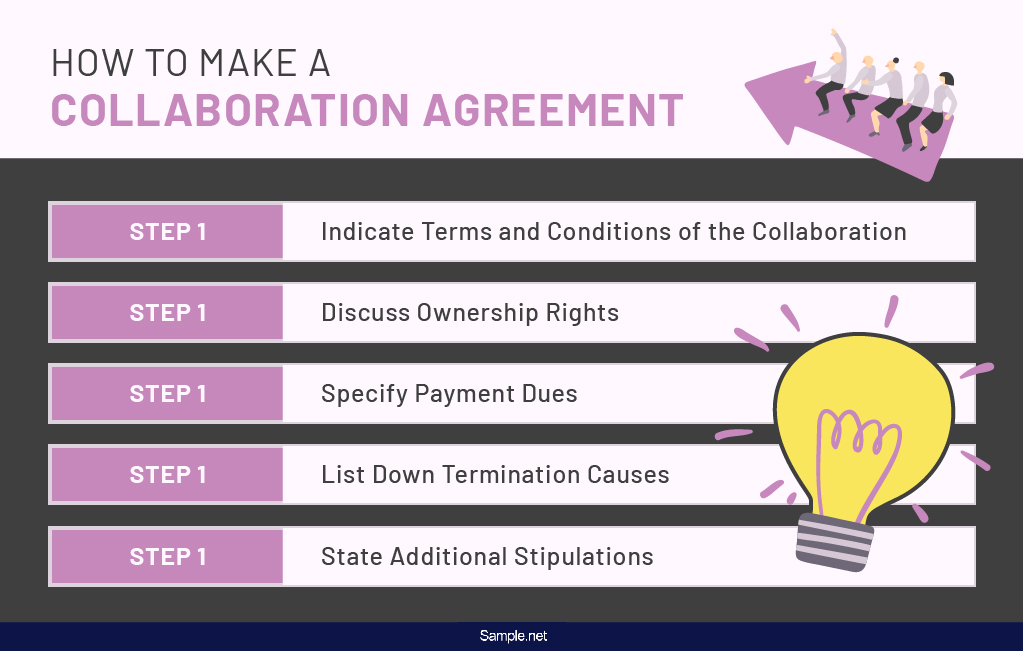
Collaborations are a prime example that teamwork does indeed make the dream work. And setting those market leaders and innovators as examples, the foundation of successful collaborations are not merely empty words. A collaboration agreement is vital to make each party involved accountable for their part to accomplish a task at hand. These agreements are easy to create, and it is especially a breeze with the agreement templates that we offer.
